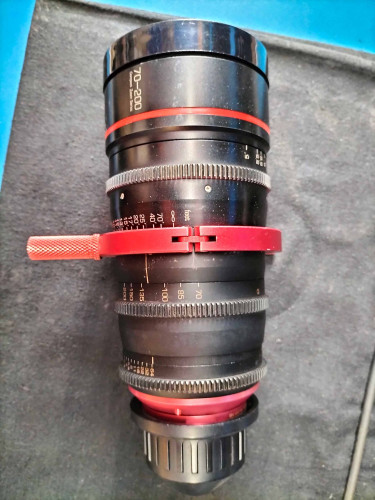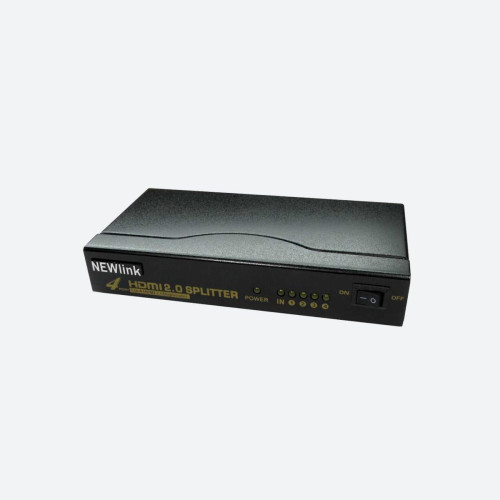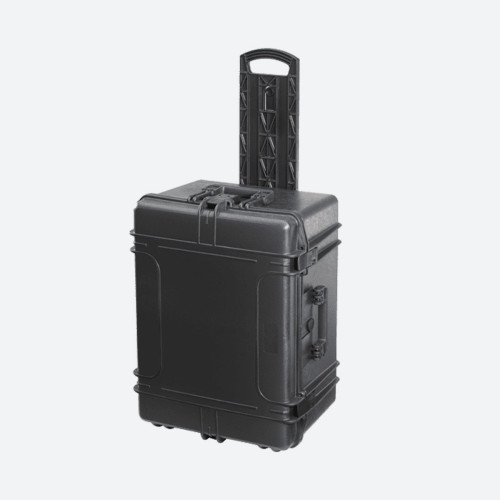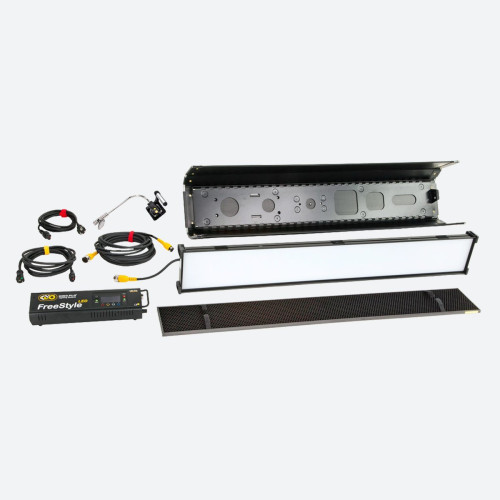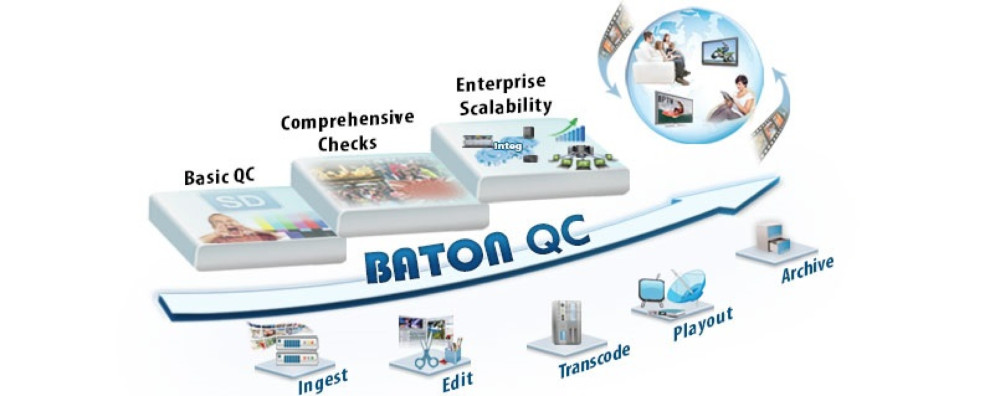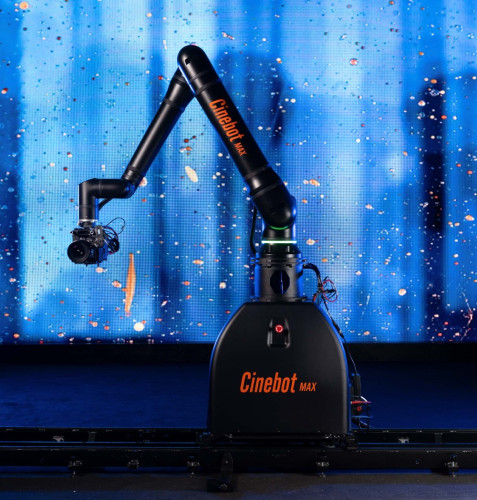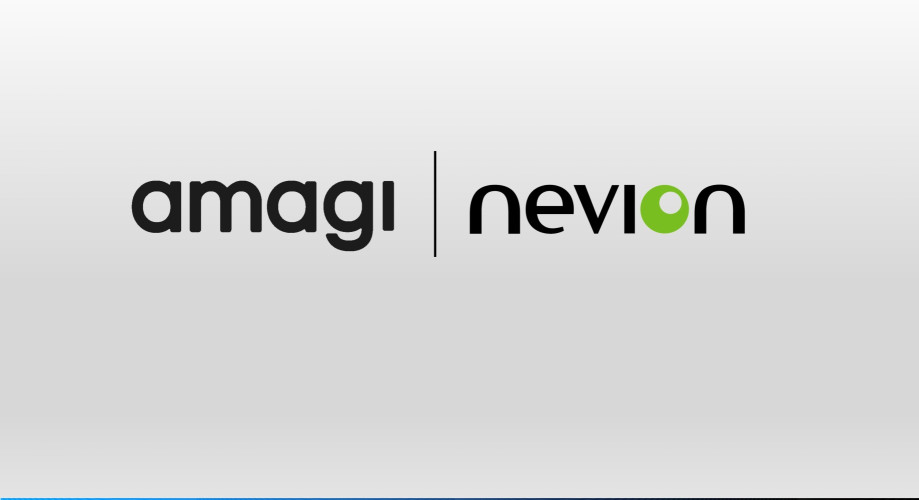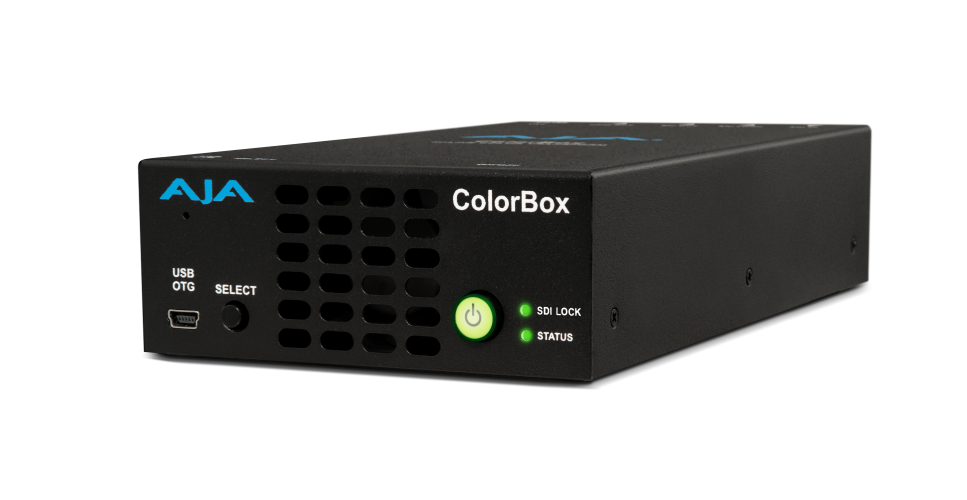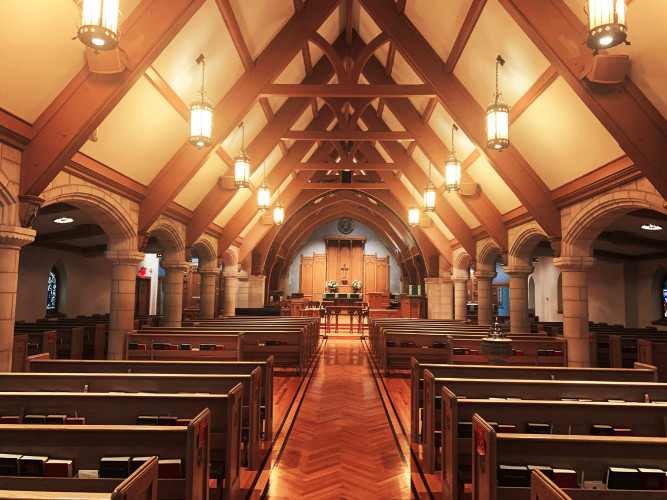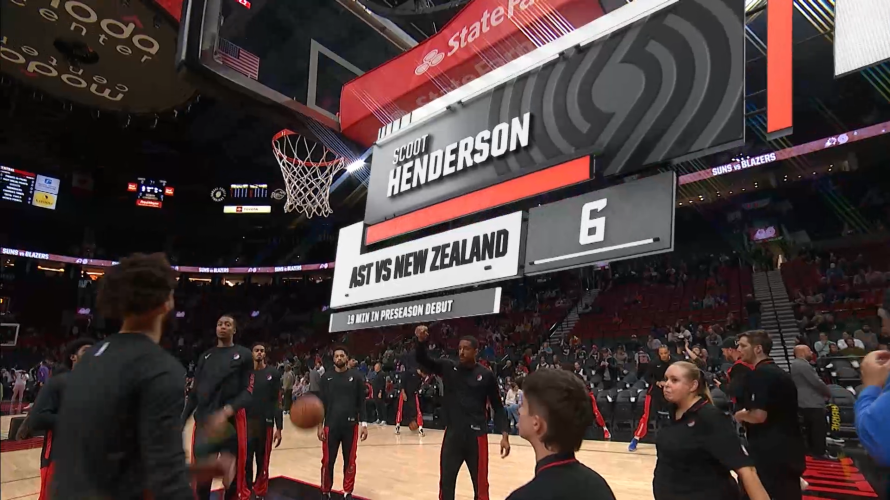HD camera market
Author: Dennis Lennie
Published 1st March 2009
With the low cost HD market taking an ever firmer grip on the industry, we asked for Hireacamera Managing Director Guy Thatcher’s opinion on the changes taking place.
So is anyone still hiring DV/DVCAM equipment anymore?
Certainly in the area we specialise in, since the arrival of the Sony HVR-Z1E nearly four years ago, we have slowly watched the market turn itself around. At the beginning of 2005, we had ten times more SD cameras than HD ones. Now, for every SD camera we stock, we have twenty HD models.
However two cameras continue to buck the trend and are as popular as ever – the Canon XL2 and Sony PD170. For people on a budget, it is easy to see why – the need for HD equipment has driven the camera prices down to a point whereby they offer an incredibly good value solution for those not insisting on HD.
Taking HDV, how have you seen the market change since its introduction?
With every new format, there are growing pains and HDV was no exception. It is easy to dismiss it now but the Z1 really was something quite special. Whilst even the cheapest off-the-shelf NLE packages now can handle HDV, there was very little support for it initially, leaving a great deal of customers frustrated at not being able to use the camera to its full potential. Initially, most footage was downconverted to SD before exporting – customers could see the potential but were experiencing none of the benefits and left unimpressed in other areas such as low light performance.
It wasn’t until well into 2006 that the much- needed support begun to arrive and we saw
the market start to grow at its now exponential rate. Each subsequent model released steadily moved things on but it was the release of the Sony Z7E late February 2008 that converted even the most diehard SD users. Finally here was an HDV camera capable of not just keeping up with the PD170 in low light but actually improving on it. Throwing in interchangeable lenses, hybrid recording onto tape and Compact Flash and true native progressive recording sealed the deal. With the arrival of the Z5E most recently, the original Z1E finally has a true successor.
How do you think HDV compares with other low cost formats?
HDV gets a lot of stick over its compression but it does really need to be put into context. As a low cost form of filming for independent videographer and low budget TV production, it really is excellent. As a hire company, we have never stocked Panasonic’s P2 system as the feedback we received was that it was just a little too costly for our clients. XDCAM EX has been a great success for us more recently but again, the costs are considerably greater, not just in terms of equipment but also archival of footage – the old adage of ‘you get what you pay for’ still remains true. Tape still represents the cheapest form of archival and now with the simultaneous recording onto Compact Flash, allowing fast transfer of footage, HDV looks set to stay for a while longer yet. The only thing that will threaten its domination is AVCHD.
What effect do you think AVCHD is going to have on the market?
We have been following this quite closely. Having stocked AVCHD consumer cameras for over 18 months now, it was clear that this could well be the natural successor to HDV and sooner or later Panasonic or Sony would introduce the technology to a more professional audience. Panasonic have stolen the lead with the excellent AVCCAM HMC151 camera which we are now stocking. Recording onto SD cards, it is the inevitable way things will go. Expect to see something from Sony soon – their first professional product using AVCHD – the HXR-MC1P - recording onto memory stick, was shown at IBC this year and will be available early in 2009.
So where does that leave XDCAM EX?
The Sony EX1’s biggest failing is the fact that it looks just like an HDV camera! Very clearly the XDCAM EX cameras represent a significant jump in both price and performance over HDV and really take over from where XDCAM HD started. Initially some clients were frightened off by only being able to record in HD. As with HDV, software support has dramatically improved for the format since its introduction just over a year ago so this is no longer an issue. Ironically enough, the latest version of Sony’s Browser Software now allows you to convert to an AVI file.
Our XDCAM EX stock was slow to take off initially but is now rivalling HDV as our most popular market. The main sticking point is still the frightening cost of the SxS cards but JVC’s announcement earlier this year of an alliance with Sony to support XDCAM EX is superb news as greater coverage of the format will no doubt lead to a drop in media pricing.
The one question all new XDCAM EX hire customers ask is ‘What do I back up onto?’ This is where the hidden difference in cost becomes apparent, not only in equipment/media purchase but in terms of time needed. Having said that, storage solutions have dropped in price this year – a 2TB RAID drive starts around £350 and we use a LaCie d2 BluRay writer which can be picked up for around £300.
I think XDCAM EX has a bright future. The more recent EX3 has been astonishingly popular and demand for the format looks set to increase.
So is now the time to finally start selling your SD kit?
There are a great many people out there asking this question – I spend hours to talking to clients about this one debate alone! There is no doubt that HD is the way to go, even at this end of the market – the question is when to jump. Our own customers are mostly loathed to part with tried and tested kit and so hire HD equipment as necessary to supplement their own kit.
The downside to the amazing speed at which technology advances is the expectation placed upon our customers by their own clients. The spread of HD ready televisions has been dramatic in the last couple of years. Now BluRay has won the HD disc battle, prices are starting to fall and the idea of the end consumer being able to cheaply watch pre-recorded HD footage is becoming a reality.
With the downturn in the economic climate over the last six months, a new twist has been added to this decision making. We have noticed a most definite change in hire trends and those customers that initially intended to purchase equipment have decided on continuing to hire. The advantage of no overheads, the cost of ever-changing technology and the uncertain immediate economic future have pulled them away from purchasing, at least in the short term.
Whatever happens to the economy in 2009, it is no doubt going to be an interesting year for our market as the low cost HD format war starts in vain – some things don’t change.



